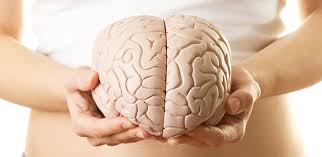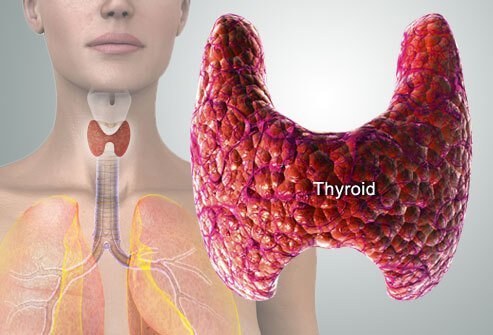Alopecia Areata

In this type of hair loss, hair usually falls out, resulting in totally smooth, round patches about the size of a coin or larger. It can, rarely, result in complete loss of scalp and body hair.
Read More..
Androgenetic Alopecia

Male or female pattern baldness. – In men it is the most common cause of hair loss, In women the hormonal changes that occur at the time of menopause and post-delivery are responsible.
Read More..
Auto immune diseases

an immune reaction that attacks the hair follicles, producing antibodies which attack these tissues as if they were foreign invaders.
Androgenic Alopecia – the body’s immune system is sensitized to increased levels of DHT in the scalp causing hair loss in these high concentrated DHT areas
Alopecia Totalis, universalis – immune sensitivity to a substance other than DHT.
Read More..
Connective tissue disease

causes scarring of skin, loss of circulation to hair follicles and an autoimmune reaction leading to temporary or permanent loss of hair.
Lupus, Rheumatoid arthritis, Scleroderma, MCTD, Scarring alopecia
Read More..
Radiation exposure

Irradiation therapy or exposure to radiation from any source can cause localized or total hair loss, which may be permanent if thevdose is high enough.
Read More..
Low Serum Iron

Iron deficiency occasionally produces hair loss. Some people don't have enough iron in their diets or may not fully absorb iron. Women who have heavy menstrual periods may develop iron deficiency
Read More..
Hormonal changes

due to pregnancy, birth control pills, other medications,and menopause.
Read More..
Thyroid disease

Either hypothyroid or hyperthyroid disease causes hair to become brittle and break resulting in localized or generalized loss. Correction of the thyroid condition usually causes hair to re-grow.
Read More..
Stress

usually temporary and transient. Hair may re-grow when stress levels decrease
Read More..
Drug interactions

certain vitamins, many prescriptions and over the counter (OTC) supplements may have individual and non-specific side effects of hairloss. Usually, when the medication is discontinued, the hair re-grows.
Read More..
Hair Pulling Or Trichotillomania

People with trichotillomania pull hair on various parts of their bodies, including the scalp, face, arms, legs and pubic areas. They may not notice the hair pulling until they need to cover up bald patches.
Read More..
Medications

Some prescription drugs used for gout, arthritis, depression, heart problems, high doses of vitamin A & birth Control Pills may cause hair loss Other causes includes high Fever, Severe Infection, Severe Flu , Inadequate Protein in Diet ,Major Surgery/Chronic Illness ,Fungus Infection (Ringworm) of the Scalp.
Read More..